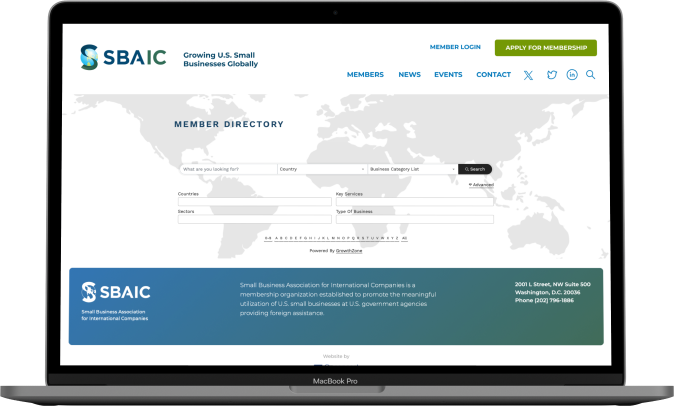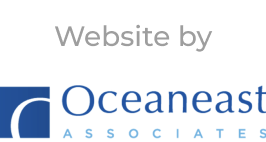The Kaizen Company (Kaizen) was founded in 2004 with our belief that advances in technology, particularly information and communications technology, would create unprecedented opportunities for people to improve their own lives and the lives of those around them. We also believed that technological advances and globalization would ultimately transform the nature and impact of the development assistance industry.
In retrospect, we were right on the first point, wildly naïve on the second. As a result, Kaizen’s initial attempts at breakthrough innovation in development simply didn’t work. The reason they failed is that we were thinking about innovation all wrong. In addition to teaching us humility, this led to an important realization: that innovation in the USAID/donor context is very different than that of the startup world that gave rise to Google, Zipcar, and Instagram. Donor-funded innovation is a unique environment, shaped by unique forces, that needs to be approached differently by those who wish to innovate in the space.
The following are key challenges we’ve faced on our journey over the past decade, and the six main lessons we’ve learned in the process.
USAID values innovation but faces unique restraints in pioneering development advances: The most successful innovations happen when we have established genuine trust with our partners. When our partners are willing to assume risk and champion an innovation, great things can happen. However, while USAID pursues breakthrough ideas, it still needs to deliver results at the end of the day. Innovation is nearly by definition risky as a result can be very difficult to reconcile with the metrics USAID is measured by in Congress, and by the American people. Large contractors and NGOs – those who rely heavily on USAID funding – face similar disincentives.

Adapting an international innovation for the local context in Haiti. |
Despite its challenges, the donor space, and in particular USAID, can be an excellent environment for incubating innovations. USAID’s Annual Program Statements (APS) Grand Challenges for Development, and Development Innovation Ventures (DIV), with their calls for innovative concepts, have been particularly valuable in this regard –particularly those from USAID missions. We have also pivoted towards priming USAID proposals, as a direct relationship with USAID gives the space necessary to test new ideas. While this sometimes results in the need to temporarily ‘shelve’ ideas until we identify sufficient funding and/or appropriate partners to explore them with, our pursuit of new business is shaped by these potentials for growth.
Be clear on what you are innovating for: In development we think of innovation as sitting between two ends of a spectrum. One is private sector innovation which develops new products and services backed by sustainable market-based business models. The other, also highly important, is developing new ways for donor projects to be more impactful. While these are certainly not mutually exclusive, the metrics for each are different. Ensuring that these metrics are aligned with your innovation targets (be they sustainability and/or impacts) is crucial from the early proposal stages through award and implementation.
Evaluation metrics are a double-edged sword: In the majority of projects, there are strong incentives for implementing partners and USAID personnel to show success regardless of whether or not it exists. We have seen few projects in the field with DIV Washington-like criteria, a model that encourages projects to scale without ongoing assistance. In spite of the high value of objective evaluations, the need to meet pre-set indicators favors contract compliance over breakthrough results. As initiatives like DIV-Washington gain traction, all contractors stand to benefit from a more expansive definition of evaluation success.
It takes time and joint effort: Bidding on, winning, and managing projects, and a company, can leave little time to pursue breakthrough ideas. To accelerate this, we now actively seek partners who are passionate about an idea that plays to our strengths, and who could use our support or leadership in driving implementation. We’ve also come to recognize that Kaizen’s greatest strength is our ability to create and implement effective strategies in emerging markets. We now seek to put our energy towards the best ideas possible, regardless of where they come from.
Flawed innovations should fail quickly: In our active search for breakthrough ideas we have created strict criteria for approving or rejecting potential initiatives, and stage-gates before advancing any to each higher level of internal investment. We actively seek to shorten our vetting cycles, taking a ‘Lean Start-Up’[1] approach to rapidly testing and validating each critical hypothesis. When an idea fails faster, we are better able to focus resources on more promising concepts.
Innovation takes place in an ecosystem: While the latest breakthrough in science or technology can have profound impact in a given area, be it new water pump or a mobile messaging tool, ultimately development is about sustained, systemic change, and empowering and supporting people to drive it.
While the six lessons above are our main takeaways, we’ve also come to believe that small businesses are uniquely suited to drive development innovation in partnership with USAID. Lacking the inertia of larger organizations, small businesses have far more to gain and less to lose as incubators of new ideas. They are also more interested in USAID mechanisms such as APS procurements, happy to pour energy into opportunities with smaller funding amounts in order to explore new ideas.
We at Kaizen have yet to find our big, audacious, ‘game changing’ innovation, but by tailoring our approach to the guiding principles above, opening the gates to more ideas, reducing cycle times for testing their potential, and pursuing growth though prime contracts we are accelerating the process significantly and hope it’s just a matter of time before we find our breakthrough. As someone once said, ‘The big shots are just the little shots who keep shooting.’
Learn more about The Kaizen Company.
[1] The Lean Startup: How Today's Entrepreneurs Use Continuous Innovation to Create Radically Successful Businesses. Eric Ries (2011)







